Copenhagen's Colorful Heritage Adventure
Join us on a free walking tour through Copenhagen’s vibrant history, exploring iconic landmarks and hidden gems that tell the city's unique story.
Time
3 Hours
Stops
9 Places
Distance
5.6 km
Nyhavn
Start your tour at Nyhavn, the iconic 17th-century waterfront, canal, and entertainment district known for its colorful townhouses and historic wooden ships.
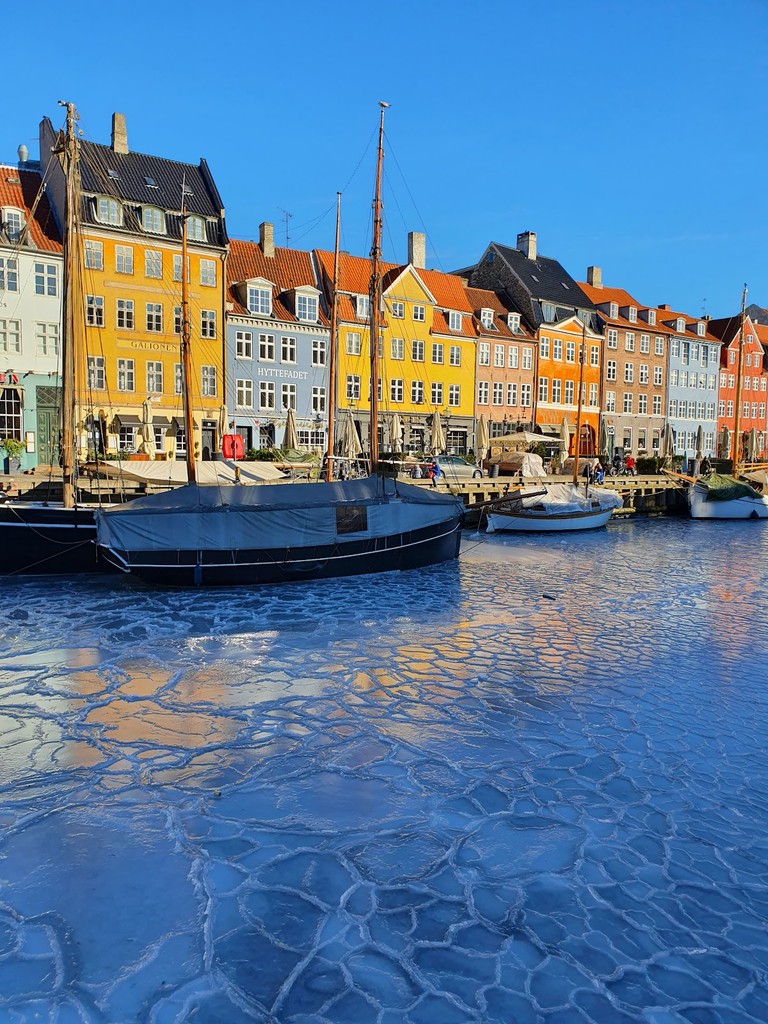
Nyhavn (Source: Google Maps)
Nyhavn, a 17th-century waterfront, was originally a busy commercial port. Today, it's famous for its colorful townhouses and historic wooden ships. The area was once home to many artists, including Hans Christian Andersen. The canal is lined with restaurants and bars, making it a lively spot for both locals and tourists. The picturesque views and rich history make Nyhavn a must-visit location in Copenhagen, embodying the city's maritime heritage.
Amalienborg Palace
A short walk away, visit Amalienborg Palace, the home of the Danish royal family, to witness the grandeur of its Rococo architecture and the daily changing of the guard.
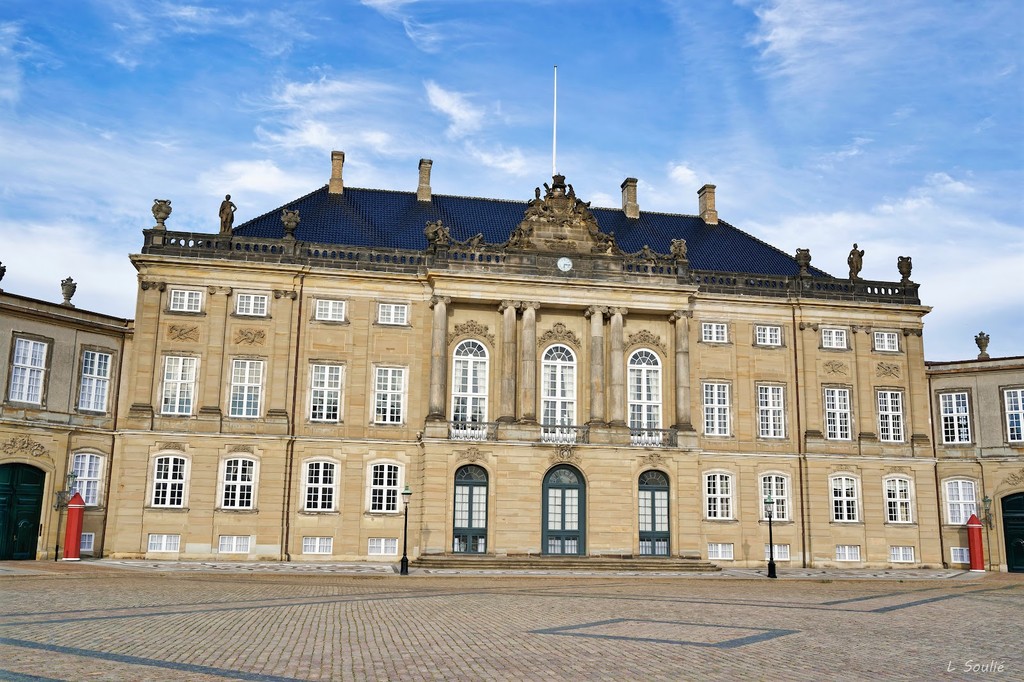
Amalienborg Palace (Source: Google Maps)
Amalienborg Palace, the residence of the Danish royal family, consists of four identical Rococo-style palaces surrounding an octagonal courtyard. Built in the 18th century, it showcases exquisite architecture and is a symbol of Danish royal heritage. The daily changing of the guard ceremony attracts visitors, while the palace's museum offers insights into the lives of the Danish monarchy. The surrounding gardens add to the palace's charm, providing a serene escape in the heart of the city.
Frederik's Church (The Marble Church)
Just a stone's throw from Amalienborg, marvel at the stunning dome of Frederik's Church, a fine example of Baroque architecture with a beautiful interior.
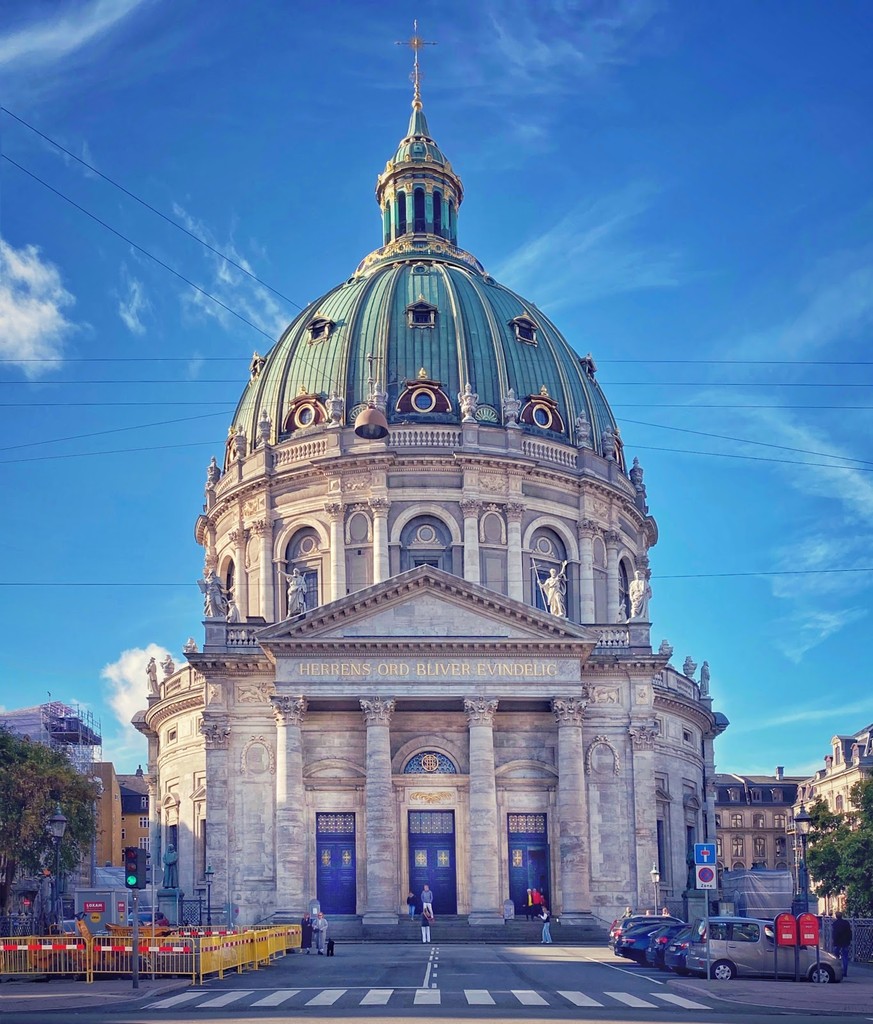
Frederik's Church (The Marble Church) (Source: Google Maps)
Frederik's Church, known as The Marble Church, features an impressive dome that is one of the largest in Scandinavia. Completed in the 19th century, it is a prime example of Baroque architecture, with its stunning interior adorned with beautiful mosaics and an intricate altar. The church is not only a place of worship but also a significant cultural landmark, attracting visitors for its architectural beauty and serene ambiance. Its location near Amalienborg Palace makes it a key part of the royal district.
Kastellet
Walk over to Kastellet, one of the best-preserved star fortresses in Northern Europe, where you can explore its historic buildings and serene surroundings.
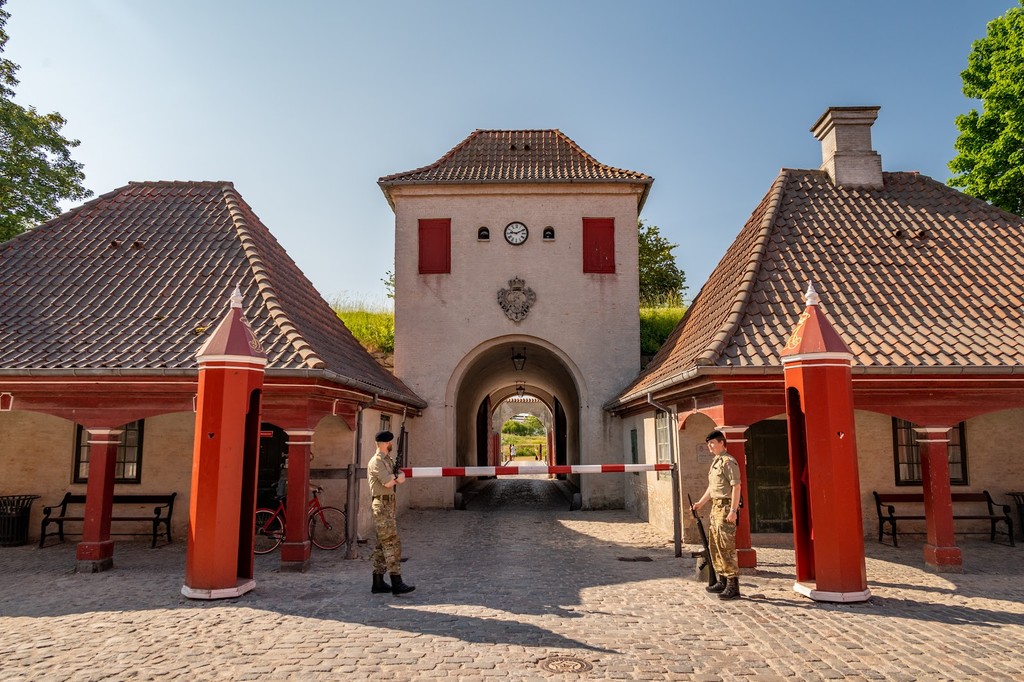
Kastellet (Source: Google Maps)
Kastellet, a well-preserved star fortress, dates back to the 17th century and is one of the best examples of military architecture in Northern Europe. Its unique pentagonal shape and ramparts offer a glimpse into Denmark's military history. The fortress is surrounded by a tranquil park, providing a peaceful setting for visitors to explore its historic buildings, windmill, and the iconic St. Alban's Church. Kastellet serves as a reminder of Copenhagen's strategic importance and rich heritage.
The Little Mermaid
Proceed to see The Little Mermaid statue, Copenhagen's most famous landmark, inspired by Hans Christian Andersen's fairy tale.
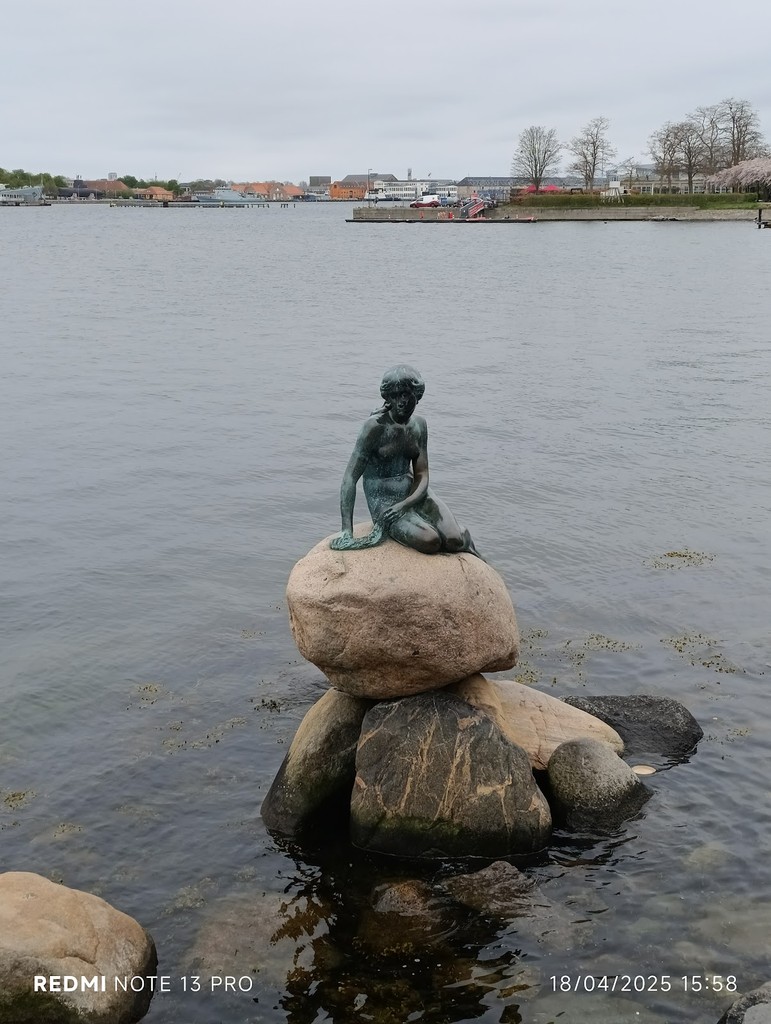
The Little Mermaid (Source: Google Maps)
The Little Mermaid statue, inspired by Hans Christian Andersen's fairy tale, is an iconic symbol of Copenhagen. Unveiled in 1913, this bronze sculpture sits on a rock by the harbor, captivating visitors with its graceful pose. The tale of The Little Mermaid, which explores themes of love and sacrifice, resonates with many, making the statue a poignant cultural landmark. Despite its modest size, the statue attracts millions of tourists each year, reflecting Copenhagen's literary heritage.
The Gefion Fountain
Nearby, admire The Gefion Fountain, a large and impressive fountain depicting the mythical story of the Norse goddess Gefion.
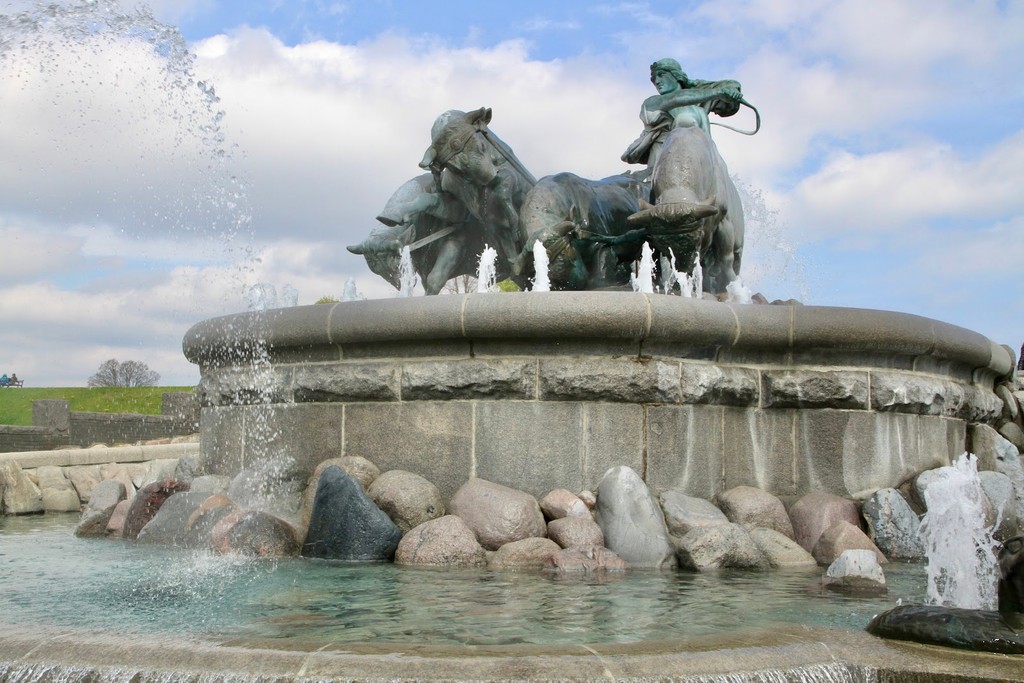
The Gefion Fountain (Source: Google Maps)
The Gefion Fountain, located near the harbor, is one of Copenhagen's largest fountains, depicting the Norse goddess Gefion plowing the land to create Zealand. Completed in 1908, the fountain features intricate sculptures and a beautiful water display, making it a popular spot for visitors. The legend behind the fountain, which symbolizes fertility and strength, adds to its cultural significance. The surrounding park area is perfect for relaxation, enhancing the fountain's appeal as a gathering place.
Rosenborg Castle
Head to Rosenborg Castle, a Renaissance castle housing royal artifacts and the Danish crown jewels, set in the beautiful King’s Garden.
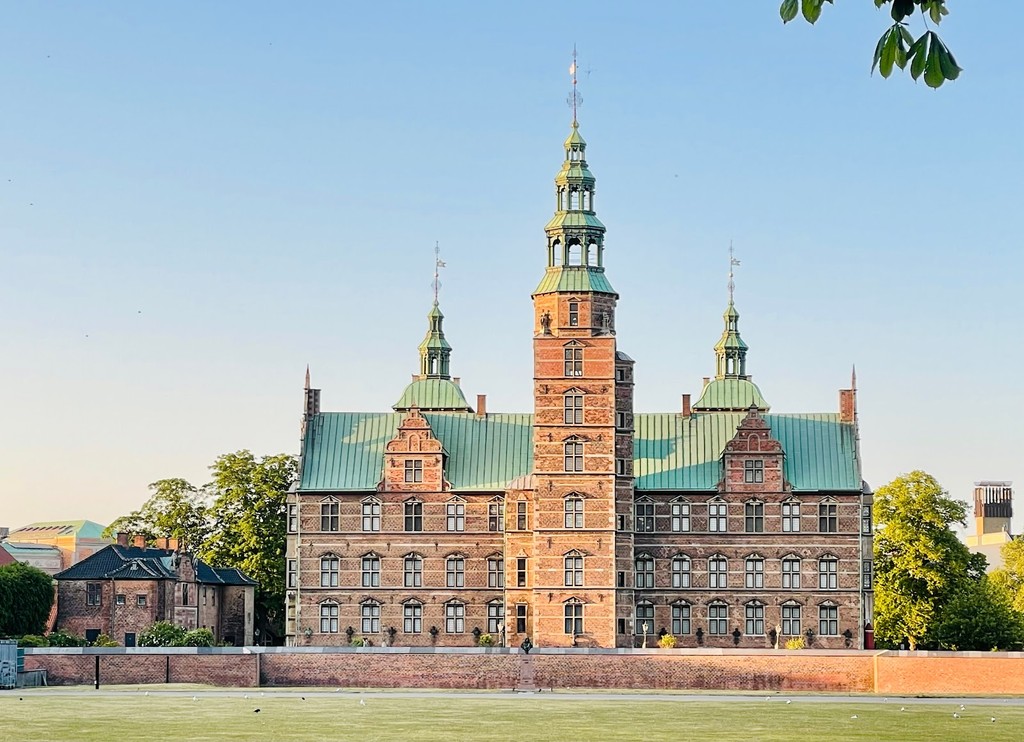
Rosenborg Castle (Source: Google Maps)
Rosenborg Castle, built in the early 17th century, is a stunning example of Renaissance architecture. It houses a remarkable collection of royal artifacts, including the Danish crown jewels, set within the beautiful King's Garden. The castle's ornate interiors are richly decorated, showcasing the opulence of the Danish monarchy. Visitors can explore the various rooms and learn about the history of the Danish royal family, making it a significant cultural site in Copenhagen.
The Round Tower (Rundetårn)
Walk to The Round Tower, Europe’s oldest functioning observatory, and climb its spiral ramp for panoramic views of the city.
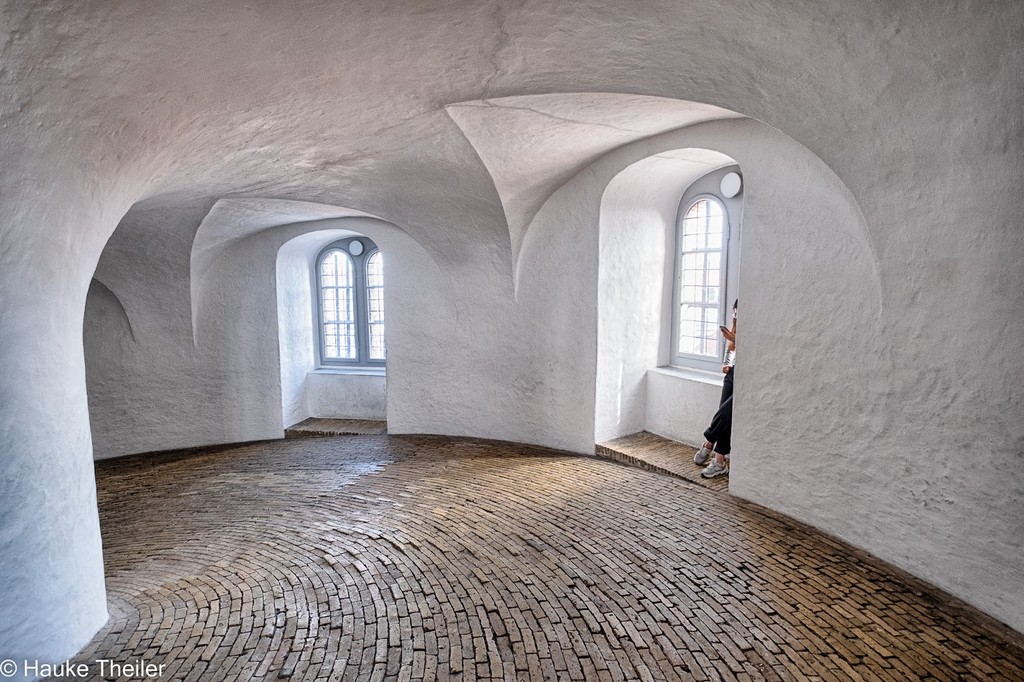
The Round Tower (Rundetårn) (Source: Google Maps)
The Round Tower, completed in 1642, is Europe’s oldest functioning observatory, notable for its unique spiral ramp leading to the top. The tower offers panoramic views of Copenhagen, making it a favorite spot for both locals and tourists. Inside, it houses an exhibition space and a library, reflecting its historical significance as a center for learning and astronomy. The architectural design combines functionality with beauty, making it an essential part of Copenhagen's skyline.
Strøget
Conclude your tour at Strøget, one of Europe's longest pedestrian streets, perfect for a leisurely stroll to soak in the vibrant atmosphere of Copenhagen.
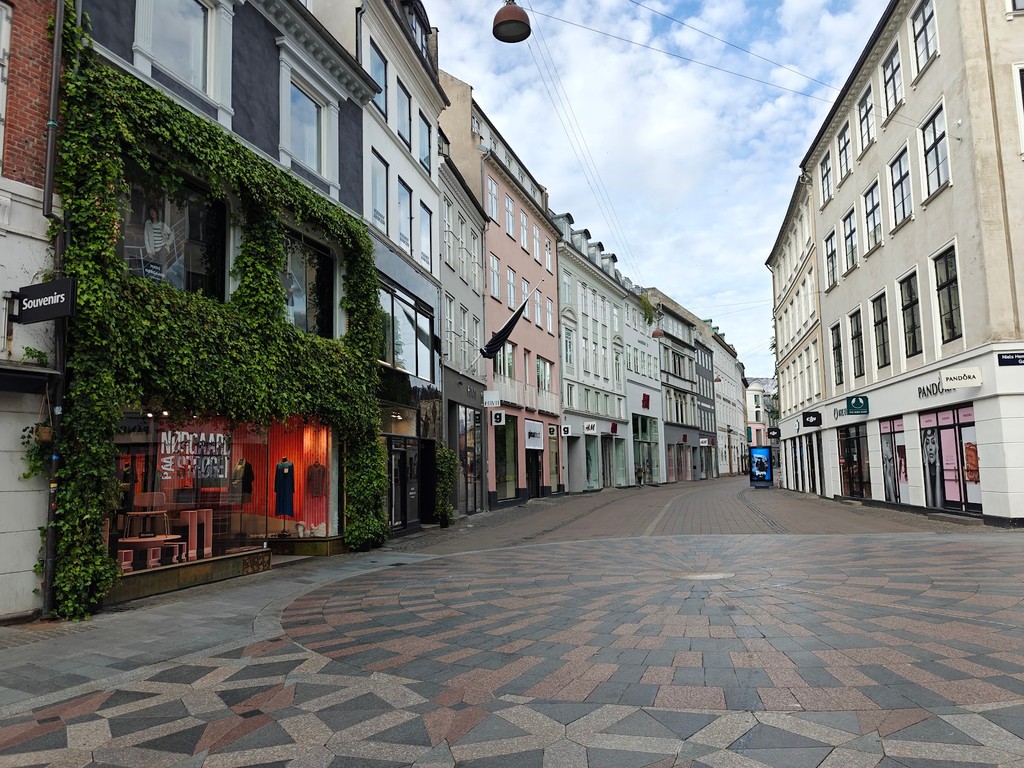
Strøget (Source: Google Maps)
Strøget is one of Europe's longest pedestrian streets, stretching through the heart of Copenhagen. Known for its vibrant atmosphere, it is lined with shops, cafes, and street performers, making it a lively hub of activity. The street's history dates back to the 12th century, evolving into a bustling marketplace. Today, Strøget represents the city's modern culture while preserving its historical charm, providing visitors with a unique shopping and dining experience.

Your travels, your rules.
Create your own Free Walking Tours.
Set your preferences, distances and anything you want to do or see.
Completely free, no payment required.